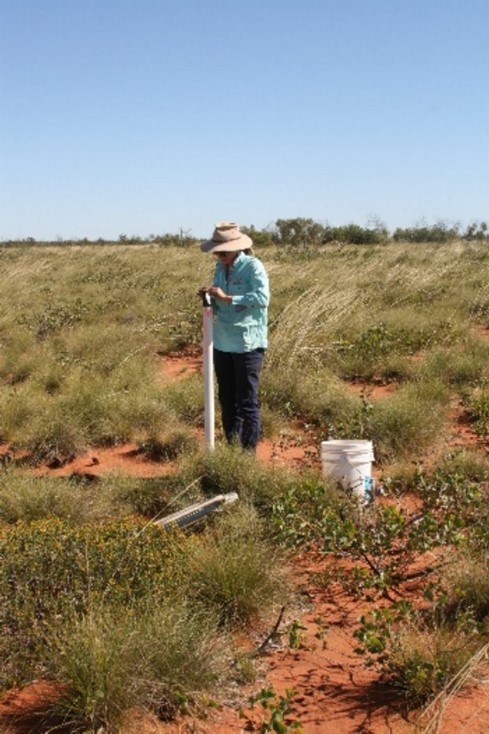Weeding out high-risk plants to support mosaic agriculture development
What is a weed?
A common definition of a weed is ‘a plant in the wrong place’. Therefore, what constitutes a weed can be in the ‘eye of the beholder’ and most definitely relates to the context. What you consider a valuable pasture species for growing cattle may become an environmental weed if it moves downstream off the property.

There is clear evidence throughout Australia that some plants introduced for agriculture have become established in non-target areas and some have become environmental weeds. For example, Gamba grass was introduced to the Northern Territory as a pasture grass in the 1930s and was widely sown, but it can greatly increase the frequency and intensity of fires.
With many of the plants used for agriculture, the risk of becoming an environmental weed is low, as they struggle to persist without ongoing management. However, some of the traits that make for successful pasture species such as vigorous growth, persistence and the ability to spread, may also increase the risk that it will become a weed capable of invading natural environments.
It is important that the northern beef industry is aware of and proactive in managing sown pasture or crop species to ensure they are kept on-site and don’t move off the property. Social license and being on the front foot with respect to sustainable development are important responsibilities for the industry and for the individual producer.
How do you know if a species has environmental weed potential?
Recently the Department of Primary Industry and Regional Development in Western Australia updated the weed risk assessment protocols for the northern rangelands (Bulletin 4924).
There is a continuum from a negligible to low risk through to a very high risk of becoming an environmental weed.
The weed risk assessments for about 140 agricultural species are listed on the Environmental weed risk assessments website.
The weed risk assessment protocol is subdivided into three sections:
- Invasiveness – assesses the ability of a species to spread beyond agricultural systems or grazed native vegetation into intact native vegetation.
- Impacts – assesses the potential detrimental impacts a species may have on intact natural ecosystems.
- Potential distribution – assesses how widely adapted the species is to the novel environment based on the climate and soils of the target area.
These weed risk assessments were developed for northern WA but the principles apply more widely, as ‘invasiveness’ and ‘impacts’ are essentially inherent characteristics of a plant, while the overall weed risk is likely to be in the ballpark for other regions of northern Australia with a similar rainfall.
There are a few contentious species that have high livestock production but, in some situations, can become serious environmental weeds. Prime examples include buffel grass and leucaena. Leucaena is rated as a very high weed risk in the Kimberley and is coming under the spotlight in some shires in Queensland where it is naturalised and forming dense thickets. To mitigate the risk, the Leucaena Network have published the Leucaena Code of Practice for leucaena growers.
The land tenure and associated approvals to grow non-indigenous plants vary widely across northern Australia. In northern WA most of the grazing country is under pastoral lease, and to grow any non-indigenous plants (non-native to WA), requires a diversification permit from the Pastoral Lands Board (PLB). Assessing weed risk is part of this process.
In northern WA, leading mosaic agriculture developments are regularly monitoring for spread of sown species to demonstrate that sown species are not moving off-site. There is also an opportunity for stations to develop a Plant Biosecurity Plan to minimise the likelihood that undesirable weeds and pests come onto the property.
For more information, check out the Environmental weed risk assessments page on the department’s website.
This research was supported by Royalties for Regions through the Northern Beef Development Program and the MLA Donor Company.
Written by Geoff Moore, Research Scientist, Northern Beef Development, Department of Primary Industry and Regional Development Western Australia.